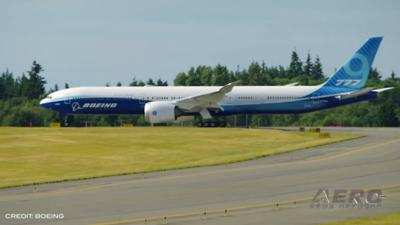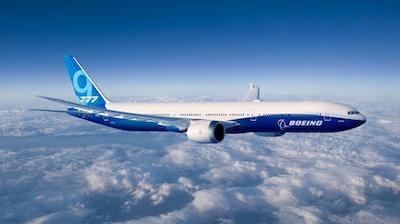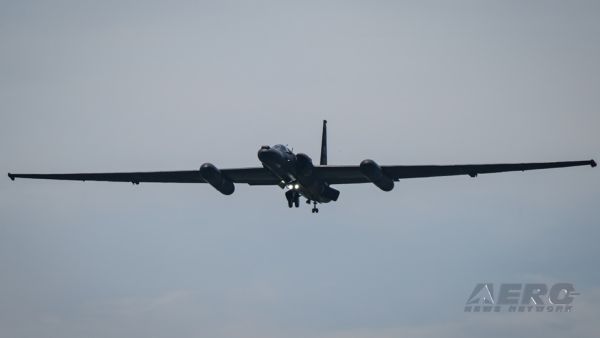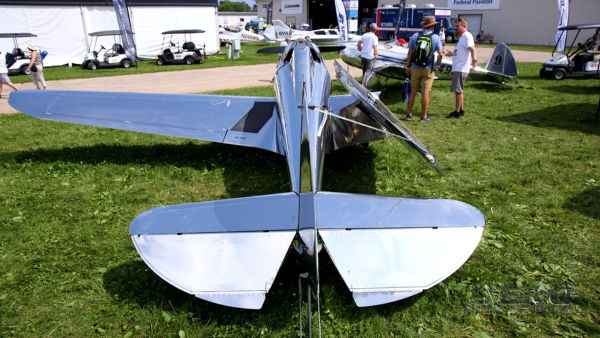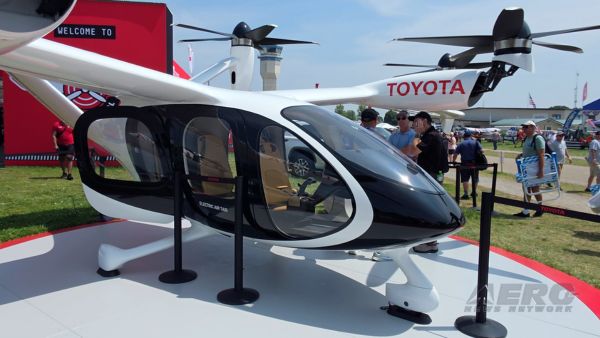Thu, Aug 07, 2025
Advertisement
More News
 ANN's Daily Aero-Term (08.06.25): Local Airport Advisory (LAA)
ANN's Daily Aero-Term (08.06.25): Local Airport Advisory (LAA)
Local Airport Advisory (LAA) A service available only in Alaska and provided by facilities that are located on the landing airport, have a discrete ground-to-air communication freq>[...]
 Aero-News: Quote of the Day (08.06.25)
Aero-News: Quote of the Day (08.06.25)
“Combining a love of flying and selfless devotion to humankind, pilots and other volunteers involved in Public Benefit Flying make a profound and significant impact on commun>[...]
 NTSB Prelim: Kolb Firestar
NTSB Prelim: Kolb Firestar
A Family Member Reported That The Pilot Departed His Private Airstrip About 1610 On July 19, 2025, about 2050 central daylight time, a Kolb Firestar airplane, N55161, was destroyed>[...]
 Classic Aero-TV: Service & Support Guidelines - The Care and Feeding of a Rotax
Classic Aero-TV: Service & Support Guidelines - The Care and Feeding of a Rotax
From 2016 (YouTube Edition): Rotax Supports Their Engines With Training, Information, And Rapid Parts Service… Anyone who is even slightly familiar with sport aviation and h>[...]
 Airborne 08.04.25: Osh25 Results, Christen Eagle Returns, Crazies v Blue Angels
Airborne 08.04.25: Osh25 Results, Christen Eagle Returns, Crazies v Blue Angels
Also: Crop Duster Shooting, SIU Student Legacy, French Air Taxes, Delta Pilot Busted The final numbers are in, and EAA AirVenture 2025 has once again outdone itself. According to t>[...]
blog comments powered by Disqus

